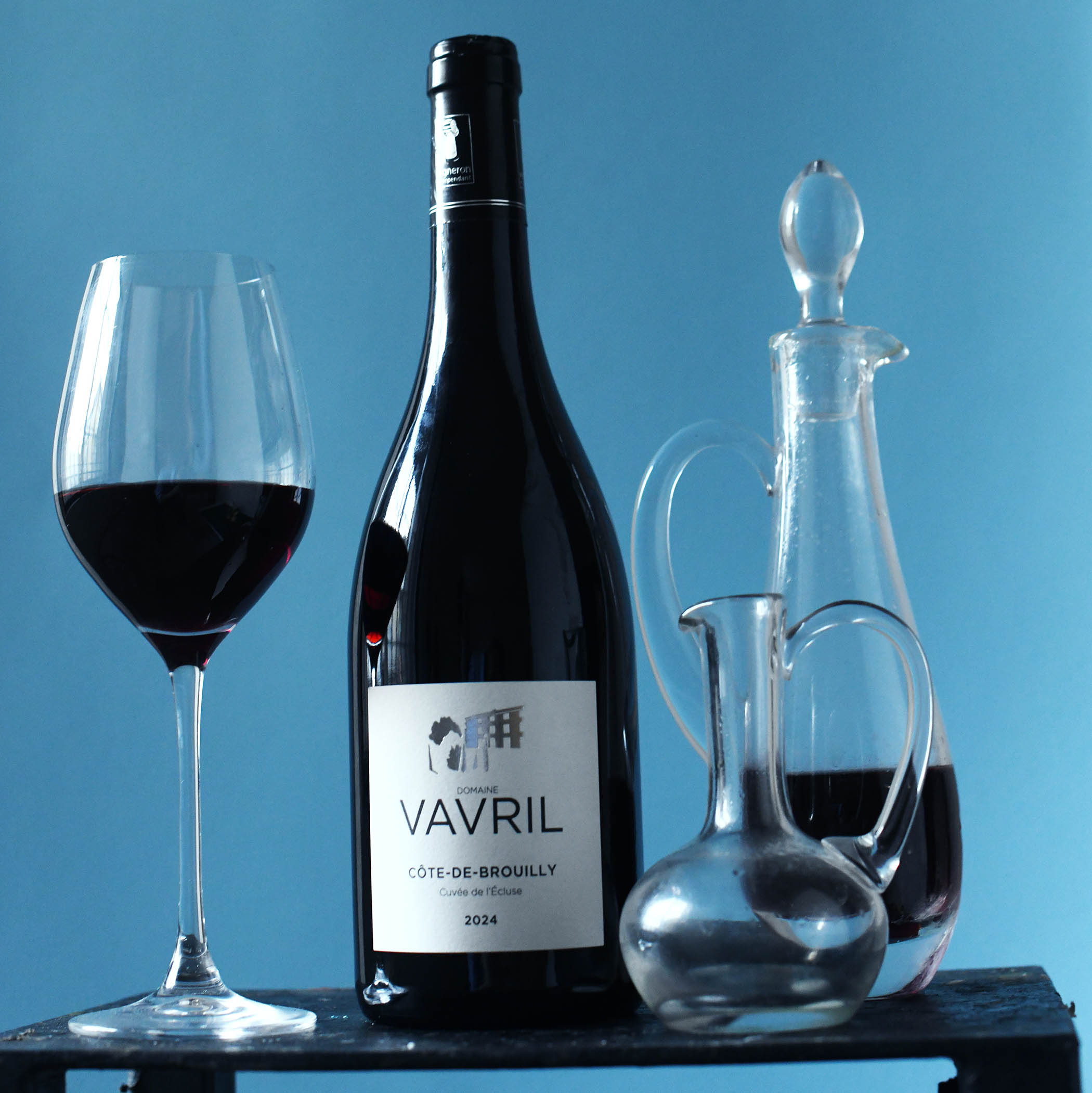Of the trio of famous wine regions that run into each other as you travel down eastern France, Beaujolais, the smallest, has long been the least celebrated. Growers in the region have for years had to endure the condescension of their neighbours, their typically bright, gluggable reds made from the gamay grape supposedly lacking the sophistication of the ethereally silky pinot noirs of Burgundy to the north, while having none of the dark, elemental, sun-filled allure of the syrahs and grenache-led blends of the Rhône Valley to the south.
This tricky reputational situation wasn’t entirely thrust on the region, however. It was hugely exacerbated by the runaway success, and subsequent rapid fall, of what is still the region’s best-known wine: beaujolais nouveau, a candy-fruited, proudly simple, purple style of young red wine that is rushed to market just a couple of months after the harvest, in time for Beaujolais Nouveau Day on the third Thursday of November – an event that was once the height of BBC news “and finally” excitement in its 1980s heyday as wine importers rushed to bring the first bottles back to the UK.

‘Racy, refined red fruits’: Domaine de Vavril Cuvée de l’Ecluse, Côte de Brouilly 2024. Photograph by Kenneth Lam
As the British wine writer Natasha Hughes explains in her superb new book, The Wines of Beaujolais, the lure of quick, easy cash offered by making nouveau (which has none of the cost implications of holding on to stock in expensive oak barrels) led to sharp practice, short cuts and an inevitable fall in quality. By the time the Nouveau market collapsed in the early 2000s, any claims the region had to being a serious wine producer were as dead as the topsoil in its chemically ravaged, overworked soils.
Hughes’s book is no lament, however, since it is largely concerned with the extraordinary 21st-century renaissance of Beaujolais, and the producers responsible for it. While she stresses that Beaujolais is still a work in progress, and emphasises the important role played by the region’s natural winemaking pioneers (names such as Guy Breton, Jean Foillard, Marcel Lapierre and Jean-Paul Thévenet) who developed their radical, chemical-free approach as an antidote to the nouveau boom from the late 1970s onwards, Hughes fairly bubbles with enthusiasm for the contemporary scene. Curiously, as Hughes points out, this modern scene owes much to the success of its northern neighbour, which led to an influx of ambitious winemakers driven out of Burgundy by soaring land prices and drawn to Beaujolais by its affordable stocks of old vines, and consumers who are looking for wines to replace the Burgundies they can no longer afford.
Today’s Beaujolais hasn’t left nouveau behind entirely (bottles from the best producers have even led to something of a hipsterish revival for the style in the natural wine bars of Paris, London and New York). But the best of the region is altogether more serious, with producers looking to make wines that are true to the distinctive terroir of their local area or cru, while always retaining the compulsive drinkability that is, for me, the Beaujolais hallmark.
For a mini-tour of the region, I might start with the effortlessly pretty, sappy, cherry-scented EH Booth & Co Fleurie 2020 (£12.50, Booths), from the eponymous cru, before moving on to the racy, refined red fruits so deftly captured in Domaine de Vavril Cuvée de l’Ecluse, Côte de Brouilly 2024 (£16.85, Haynes Hanson & Clark) and the more complex, brushed cotton-textured, but still gorgeously fluent summer berries of Jean Foillard Morgon Cuvée Classique 2022 (from £29.95, Hennings Wine; Shrine to the Vine), before finishing with Jean-Paul Brun Beaujolais Blanc Fût de Chêne 2023 (from £15.99, de Burgh; Wine Society), a glorious, luminous reminder that Beaujolais’s chardonnay whites can be a match for white burgundy.

